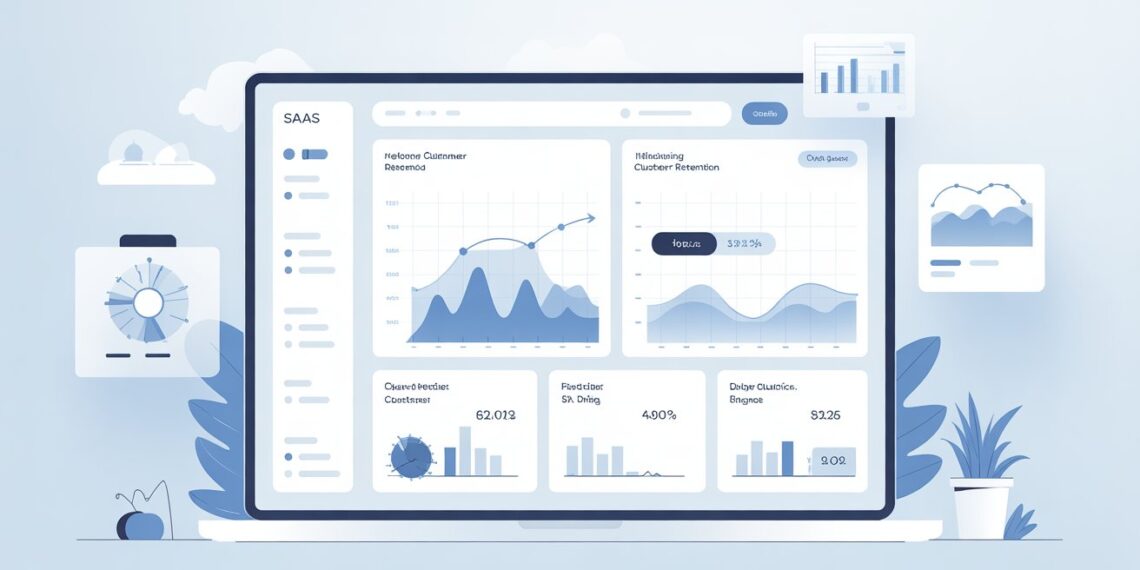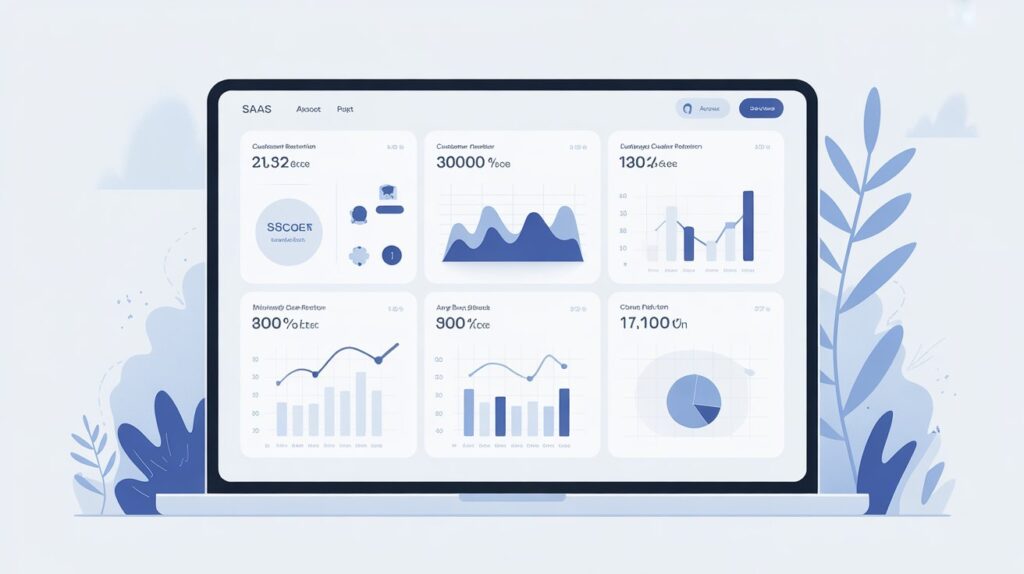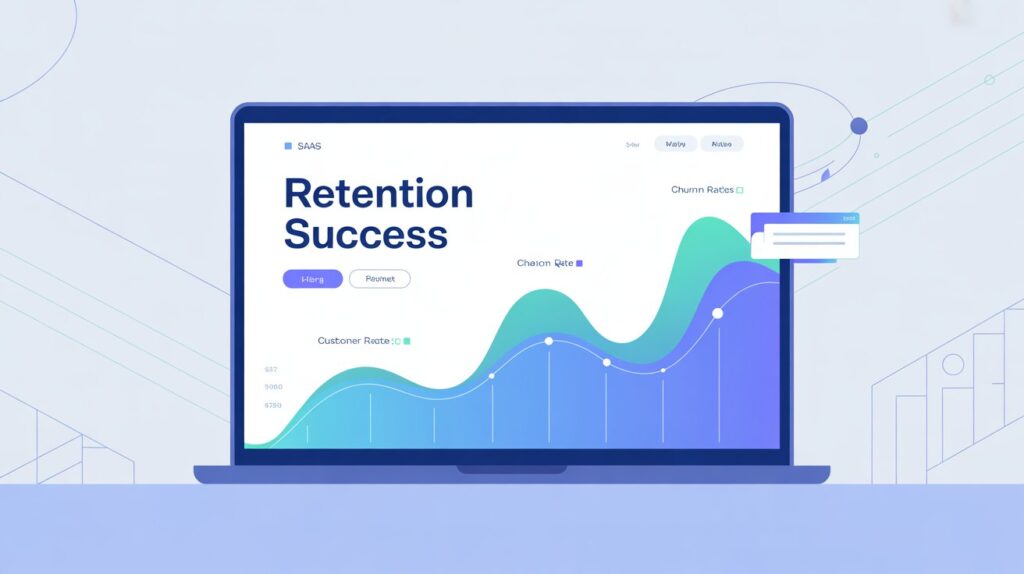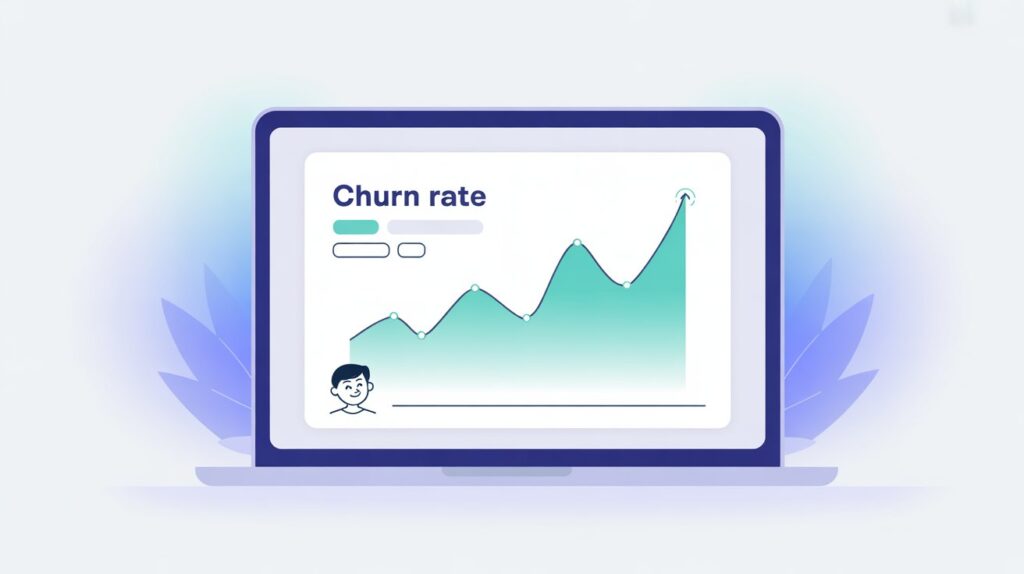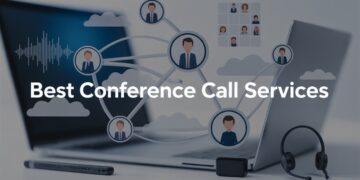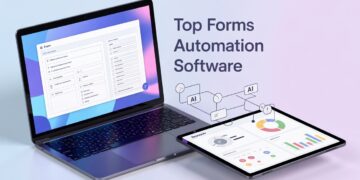Churn is the silent killer of SaaS growth. You can spend heavily on customer acquisition, but if those customers leave too soon, your growth engine leaks revenue faster than you can fill the bucket. This is why reducing churn is one of the most critical priorities for SaaS leaders, founders, and revenue teams.
In this comprehensive guide, we will break down what churn means, why it happens, and, most importantly, how to reduce SaaS churn rate effectively using proven strategies, data-driven insights, and practical playbooks. Whether you’re running a lean early-stage SaaS or scaling a mature platform, this article will provide the frameworks and tools you need to turn retention into your competitive advantage.
What is SaaS Churn and Why Does It Matter?
Defining Churn
Churn in SaaS refers to the percentage of customers (or revenue) lost during a given period. It’s a direct measure of how well your company retains its users and keeps generating recurring revenue.
Types of churn:
- Customer Churn (Logo Churn): Percentage of customers lost.
- Revenue Churn (MRR/ARR Churn): Percentage of recurring revenue lost.
- Gross vs. Net Churn: Net churn factors in expansion revenue (upsells, cross-sells) to show whether existing customers are growing or shrinking.
- Voluntary vs. Involuntary Churn: Voluntary occurs when customers cancel by choice; involuntary happens due to failed payments or expired cards.
Why Churn Is Critical
- Impacts Growth: High churn erodes revenue and slows compounding growth.
- Increases CAC Payback Time: You may never recover customer acquisition costs if customers churn too quickly.
- Signals Product-Market Fit Issues: Persistent churn often points to deeper product or customer success challenges.
Benchmark: According to industry data, the average annual churn rate for SaaS ranges between 5–7% for enterprise SaaS and up to 20–30% for SMB-focused SaaS.
Common Causes of SaaS Churn
Before you can fix churn, you must diagnose it. Common churn drivers include:
1. Poor Onboarding Experience
If users don’t see value quickly, they disengage and leave.
2. Weak Product Adoption
Customers may sign up but never integrate the product into their workflow.
3. Lack of Customer Support & Success
Unresponsive support or lack of proactive success management increases attrition.
4. Product Misalignment
Your product may not fully solve the customer’s pain or may over-promise in marketing.
5. Pricing & Value Misfit
Customers may feel the product is too expensive for the value delivered.
6. Billing Failures (Involuntary Churn)
Expired credit cards, failed payments, or poor billing management.
7. Competitor Switching
Better alternatives, improved features, or pricing from competitors lure customers away.
Measuring and Analyzing Churn
Reducing churn starts with understanding it.
Key Metrics
- Churn Rate Formula (Customer):
- Churn Rate Formula (Revenue):
Analytical Approaches
- Cohort Analysis: Understand churn by signup month or customer segment.
- Segmentation: Break down churn by industry, plan, usage frequency.
- Customer Health Scores: Predict churn risk using product usage, support tickets, NPS scores.
- Cancellation Surveys: Collect direct feedback on why customers leave.
How to Reduce SaaS Churn Rate Effectively: 20 Proven Strategies
Below is a practical, stage-by-stage playbook.
1. Improve Onboarding
- Create interactive walkthroughs.
- Use product tours, tooltips, and checklists.
- Offer concierge onboarding for high-value accounts.
2. Drive Early Activation
- Identify and highlight the product’s “aha moment.”
- Encourage users to complete core actions within the first week.
3. Personalize Customer Journeys
- Segment users by persona, use case, or company size.
- Deliver targeted content and guidance.
4. Strengthen Customer Support
- Offer multi-channel support (chat, email, knowledge base).
- Set SLAs for response times.
- Implement self-service resources.
5. Build a Proactive Customer Success Program
- Assign success managers for enterprise clients.
- Automate success playbooks for SMBs.
- Monitor customer health metrics.
6. Monitor Usage and Engagement
- Track feature adoption and active usage.
- Set alerts for declining engagement.
- Automate follow-ups when usage dips.
7. Gather and Act on Feedback
- Regular NPS or CSAT surveys.
- Feedback loops integrated into the product.
- Action items tracked and prioritized in roadmap.
8. Optimize Pricing & Packaging
- Offer tiered plans that scale with value.
- Add flexible billing options (monthly, annual).
- Bundle features strategically.
9. Enhance Product Value
- Continuously ship improvements.
- Communicate new features proactively.
- Build integrations that fit into customer workflows.
10. Create a Strong Community
- Foster customer communities (Slack, forums, user groups).
- Share success stories and peer examples.
- Host webinars and workshops.
11. Improve Billing and Payment Processes
- Use smart retries for failed payments.
- Send proactive reminders for expiring cards.
- Offer multiple payment methods.
12. Optimize the Cancellation Flow
- Provide downgrade or pause options.
- Collect exit survey data.
- Offer real-time save offers.
13. Incentivize Loyalty
- Provide discounts for annual commitments.
- Run referral programs.
- Recognize long-term users.
14. Upsell and Cross-Sell Strategically
- Expand accounts with relevant add-ons.
- Drive higher-tier adoption with value-based upsells.
15. Invest in Education
- Publish guides, tutorials, and case studies.
- Run live and on-demand training sessions.
- Provide certification programs.
16. Improve Product Reliability & Performance
- Ensure uptime and scalability.
- Proactively address bugs.
- Share status updates transparently.
17. Use Predictive Analytics
- Apply machine learning to identify churn risks.
- Automate interventions based on signals.
18. Create Executive-Level Alignment
- Engage senior stakeholders in key accounts.
- Tie product outcomes to business KPIs.
19. Celebrate Customer Wins
- Share customer success stories.
- Co-market with successful clients.
- Highlight ROI in business reviews.
20. Continuous Improvement Loop
- Treat churn reduction as an iterative process.
- Regularly review churn analytics.
- Test and refine retention strategies.
Advanced Tactics for Involuntary Churn
While voluntary churn stems from customer dissatisfaction, involuntary churn is primarily a billing issue. You can reduce it by:
- Implementing automated dunning emails.
- Using account updater services for expired cards.
- Offering alternative payment methods.
- Monitoring failed transactions daily.
FAQs on SaaS Churn
What is an acceptable churn rate for SaaS?
It varies by market. For enterprise SaaS, <5% annual churn is excellent. For SMB SaaS, <15% annual churn is healthy.
How quickly should churn reduction efforts show results?
Some tactics (like dunning) show results in weeks. Others (like onboarding redesign) may take months.
Should startups focus more on acquisition or churn reduction?
Early-stage SaaS must balance both. However, reducing churn early compounds growth and makes acquisition ROI higher.
How do I measure churn for annual contracts?
Track logo churn at renewal and use cohort analysis to evaluate retention across contract terms.
Conclusion
Reducing churn isn’t about a single quick fix — it’s a systematic discipline across product, customer success, support, and billing. By diagnosing the root causes, implementing proactive strategies, and continuously refining your processes, you can dramatically reduce attrition and unlock compounding revenue growth.
To sustain growth in today’s competitive SaaS market, you must learn not just how to acquire customers but how to reduce SaaS churn rate effectively — because in the subscription economy, retention is growth.

